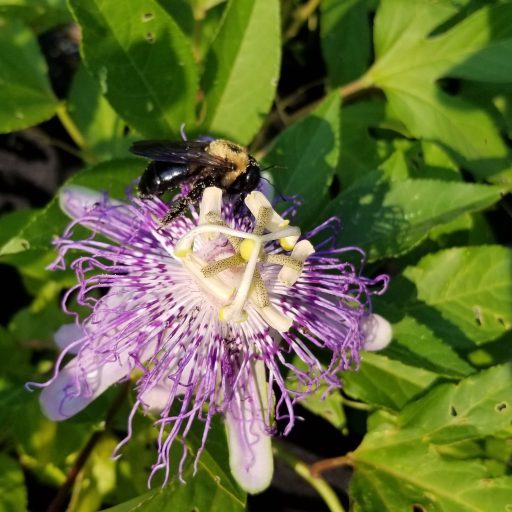Spring starts before the equinox here in this part of California, and the fields are glowing green. Wild plum flowers are filling the air with their sweet and pungent aroma. California poppies make hillsides glow with their orange petals. In other places, the hills are yellow with mustard flowers (which are delicious, btw). If you look closely, you’ll also notice mugwort leaves (Artemisia vulgaris) springing up from the ground. Only a few inches high, their fresh growth I’ve found to be a great trail nibble. Although still potent when young, I’ll eat a few leaves whilst I’m exploring in the woods. Here, unlike Nat’s report in the video below, mugwort is found mostly in wilderness areas, rather than in abandoned lots and urbanized settings.
I’ve found that the leaves when I eat them not only enhance my dream recall that night, but also subtley change my perception while still in the woods. The flavor alone is mind altering. Be careful not to eat too many, as they are a potent medicine; I’ve heard they can be used in survival situations to treat the dreadful Giardia parasite.
But my favorite way of working with mugwort is in beer brewing. I’ve made several ales by using mugwort instead of hops. Mugwort bitters and preserves the beer like hops, but adds a taste that is uniquely its own. Mugwort has been used in beer making for generations. It is only recently that hops has become the only herb added to beer. “Wort” is a traditional word for herb — hence, mugwort is “herb of the mug.” It used to go hand in hand with beer like hops does now. Mugwort ale when consumed typically causes extremely intense and vivid dreams. Beware! And . . . beware!
Here is a video about mugwort from ethnobotanist Nat Bletter:
Want Mugwort? ORDER some here from my personal favorite place for quality herbs at more than reasonable prices.

